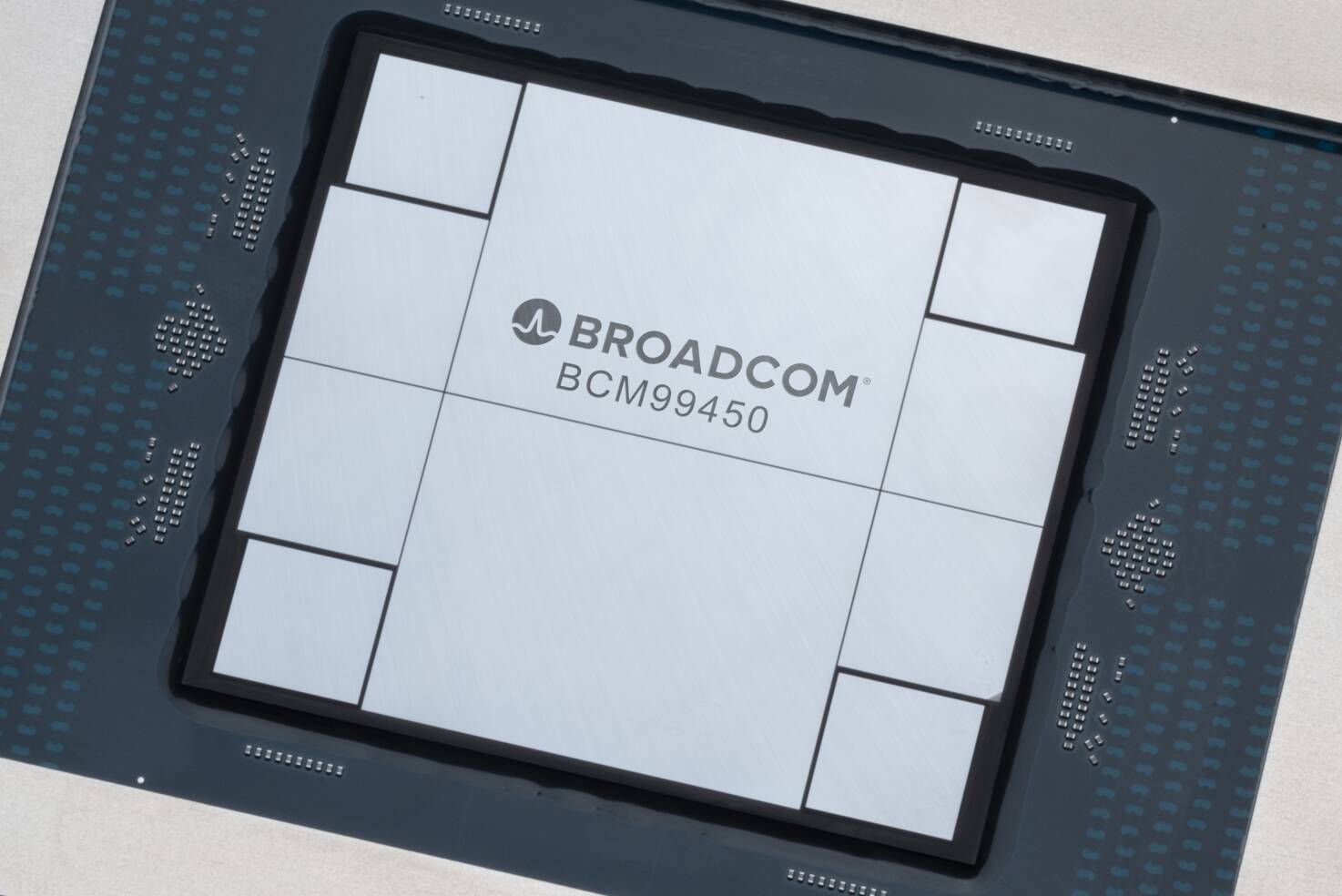Broadcom’s Jericho4 ASICs: A Game-Changer for Multi-Datacenter AI Training?
Hello everyone. Today, we’re diving into the world of high-speed networking, where Broadcom has just dropped a silicon bombshell with its Jericho4 ASICs. If you’re tired of the same old “build a bigger box” approach to AI training, Broadcom’s latest offering might just be the prescription you need. But before you start popping the champagne, let’s dissect this announcement with the precision of a neurosurgeon and the skepticism of a gamer who’s seen one too many overhyped launches.
The Hype: 51.2 Tb/s and Multi-Datacenter Magic
Broadcom’s Jericho4 ASICs are being touted as the key to unlocking AI model training across GPUs spread over multiple datacenters, up to 100 kilometers apart. Forget building those massive, power-hungry super clusters; just cobble together your existing datacenters and let the magic happen. Sounds like a dream, right? Well, let’s not get ahead of ourselves.
The Specs: Impressive on Paper
- 51.2 Tb/s aggregate bandwidth across switch and fabric ports.
- Eight “hyper ports” per Jericho4, each a bundle of four 800GbE links acting as a single 3.2Tb/s port.
- Scale up to 36,000 hyper ports, connecting two datacenters at a mind-boggling 115.2 petabits per second.
- Potential to link 144,000 GPUs at 800Gbps each between datacenters.
On paper, this is the kind of bandwidth that makes network engineers drool and data scientists weep with joy. It’s like giving a gamer a graphics card that can run Crysis at 16K with ray tracing on. But as any seasoned doctor—or network architect—will tell you, the devil is in the details.
The Reality Check: Latency, the Silent Killer
While Broadcom’s deep HBM-backed buffers and congestion management tech can help with tail latency caused by packet loss, they can’t change the immutable laws of physics. Light only travels so fast through glass fiber, and over a 100-kilometer span, you’re looking at nearly one millisecond of round-trip latency. That’s before you even factor in transceiver delays and protocol overheads.
For AI training workloads that demand tight synchronization, this latency is like a chronic illness—manageable, but never truly cured.
Google’s DeepMind team has proposed some clever workarounds, like distributed work groups and strategic communication scheduling, but these are more like band-aids than cures. You can mitigate the symptoms, but the underlying condition remains.
The Power Play: Smaller Datacenters, Bigger Dreams
Jericho4 arrives at a time when hyperscalers are building massive, multi-gigawatt datacenter campuses that require new power plants just to keep the lights on. Meta, for example, is working with Entergy to construct three combined-cycle combustion turbine generators totaling 2.2 gigawatts for its Richland Parish megacluster.
Broadcom’s alternative? Build multiple smaller datacenters and pool their resources using Jericho4. It’s a compelling proposition, especially for organizations that can’t—or won’t—invest in mega-facilities. But let’s not forget the complexities of managing distributed resources, the challenges of maintaining consistent performance, and the ever-present specter of latency.
The Bottom Line: Hype Meets Reality
Broadcom’s Jericho4 ASICs are undeniably impressive. They offer a tantalizing glimpse into a future where AI training isn’t confined to monolithic super clusters but can be distributed across a network of smaller, more manageable datacenters. The bandwidth is there, the technology is cutting-edge, and the potential is enormous.
But—and it’s a big but—there are significant hurdles to overcome. Latency remains a formidable foe, and while clever software tricks can help, they’re not a panacea. The complexity of managing distributed AI workloads across multiple sites shouldn’t be underestimated. And let’s not forget that this technology is currently available only for large customers to sample, so it’s not exactly plug-and-play for the average enterprise.
Final Verdict: Cautious Optimism with a Side of Skepticism
In summary, Broadcom’s Jericho4 is a bold step forward in the quest to democratize AI training infrastructure. It’s a powerful tool with the potential to reshape how we think about datacenter architecture. But like any new treatment, it needs rigorous testing and a healthy dose of skepticism before we declare it a miracle cure.
So, should you bet your datacenter’s future on Jericho4? If you’re a bleeding-edge adopter with deep pockets and a high tolerance for risk, it might be worth a shot. For everyone else, keep an eye on this space, but don’t throw out your old prescriptions just yet.
And that, ladies and gentlemen, is entirely my opinion.
Source: Broadcom’s Jericho4 ASICs just opened the door to multi-datacenter AI training, https://www.theregister.com/2025/08/06/broadcom_jericho_4/



